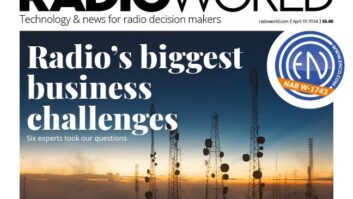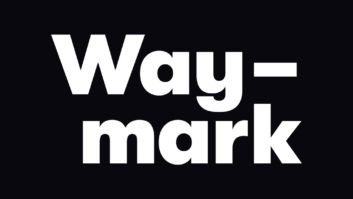Why did radio face such an uphill battle in 2001? The answer lies not only in a sluggish advertising economy, but in the inability of many radio sales managers to substantiate the effectiveness of radio ad copy recall, especially when compared to television.
Certainly, the disappearance of dot-coms, consolidation in other industries and fluctuations in consumer confidence contributed to a fairly unstable advertising landscape during the past 18 months.
According to many radio salespeople, however, there still was a lack of specific marketing research information, particularly as it relates to the structure and creativity of ad copy and its ultimate effect on listeners.
Research value
For example, do radio ads lead to the recall of copy points and brand names among consumers?
Because advertisers measure research value for service industries such as radio by results, a more detailed and organized documentation of radio’s proven track record for moving product needs to be presented to the advertising community.
That task is the mission of the new Radio Advertising Effectiveness Laboratory.
The RAEL, a joint effort between the Radio Advertising Bureau and Arbitron, with funding from several radio companies including Interep, recently published the findings of its first major project, a compendium of some 50 existing studies of radio’s effectiveness as an ad medium.
The collection of studies, mostly culled from the last two decades, comes with details of methodology and major findings based largely on brand recall. They are taken from key radio marketing studies conducted in the United States as well as other countries including Canada, Germany and Great Britain.
Ad length
Important findings that emerged in more than one study show that the effectiveness of radio ads (as measured by recall) is highest when the ad is longer – 60 seconds vs. 30 seconds, for example – contains frequent brand mentions and has relatively few different ideas.
Other study results from the compendium reveal that radio ads are capable of achieving significant recall even when listeners are distracted and that the best radio ads can be as potent as the average television ad.
For instance, a 1997 Canadian radio study conducted by the Radio Marketing Bureau of Canada and detailed in the compendium, reveals that aided recall for radio advertising achieved 83 percent of TV’s rate of aided advertising recall (32 percent to 38.4 percent of all respondents).
The test was conducted via telephone among 600 radio listeners and 600 TV listeners on their ability to recall ads that aired the previous day.
Also of interest in the radio-vs.-TV debate is a German radio study, released in 1999, sponsored by a consortium of European media companies. The study used data collected in radio and TV diaries over a year’s time and in face-to-face interviews with some 2,000 respondents.
The authors concluded that an ad campaign combining radio and TV is nearly twice as effective in creating ad recall as TV alone.
Message medium
The release of this comprehensive research package goes a long way to statistically counter common objections by advertisers and agencies for using radio even as a secondary medium for their messages.
“Advertisers have increased their focus on return on investment, and are now demanding higher accountability from their agencies and media partners,” stated Owen Charlebois, president of Arbitron U.S. Media Services.
Charlebois and RAB President Gary Fries are co-chairmen of RAEL.
According to Arbitron and RAB, several new studies are planned for coming months. A RAEL research committee will include agency and advertising representatives along with executives from the radio industry. Research findings, past and future, are being posted on www.radioadlab.com.
Uptick
Meanwhile, after a down year, radio entered 2002 on a positive note by posting a 1-percent increase in total advertising revenue in January as compared to the previous January.
To that end, it appears more radio salespeople have been applying “outside-of-the-box” non-traditional business tactics. This includes such methods as increasing per-inquiry and per-order advertising in which stations receive a percentage of each order.
But when it comes to the impact of advertising, the proof remains in the pudding or, in radio’s case, in the effectiveness of ad copy.
The task of communicating radio’s deep successes in brand as well as in general overall recall to all levels of advertising management should be the responsibility of every local and national sales manager, from New York to San Diego and from Tampa to Seattle.
To borrow a line from Alexander Pope’s “An Essay on Criticism,” circa 1711:
“A little learning is a dangerous thing: drink deep or taste not the Pierian spring.












